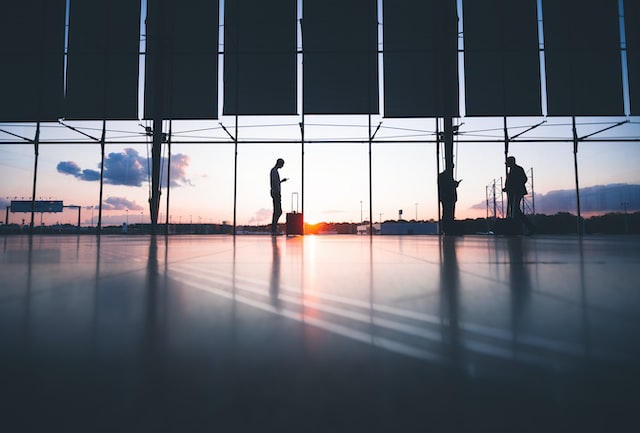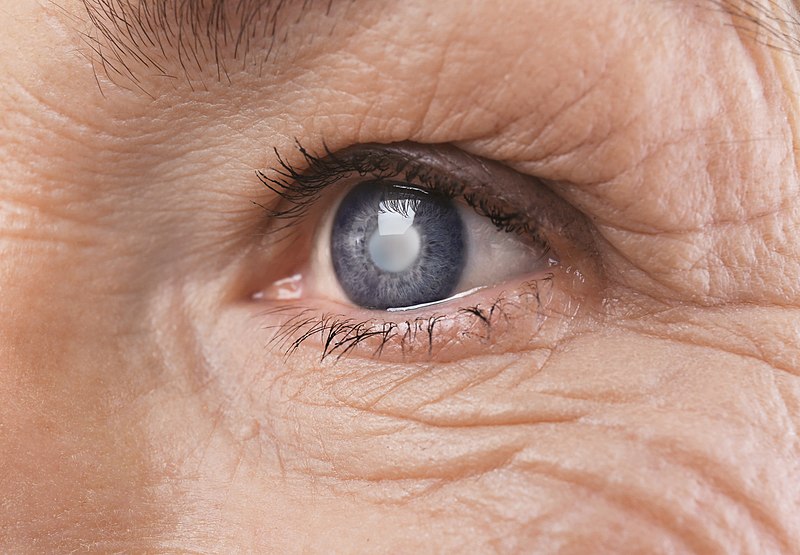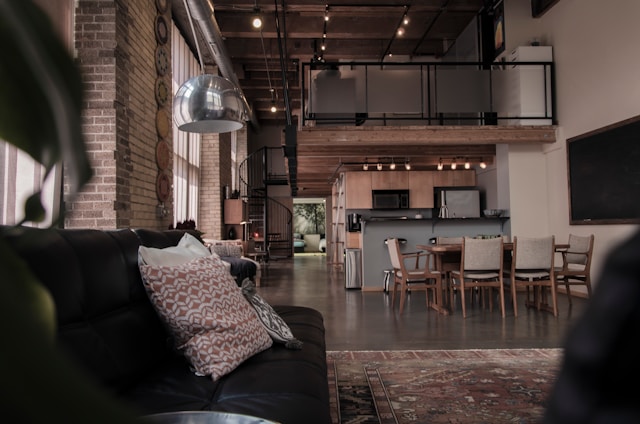Space tourism was unthinkable as little as 5 years ago but now the interest in space tourism is growing day by day.
Work towards realizing space tourism dream has moved forward a great deal recently
The space industry is currently developing a number of models for a potential future space tourism business. The recent crash of SpaceShipTwo, while certainly a tragedy and setback, is not entirely unexpected in such a new industry; the companies involved will take stock, learn lessons and move forward.
Private companies and governments will continue to seek to capitalize on the anticipated burgeoning space tourism industry and Britain plans to build a commercial spaceport by 2018.
Eight potential locations for the spaceport, six of which are in Scotland were named by UK recently as possible locations for the UK’s first spaceport. The spaceport will be used to launch space tourism flights as well as satellites.
By 2030, the UK government looks forward to capture at least 10 percent of the world’s space tourism market.
UK government hopes that this spaceport will be used by specialist operators like Virgin Galactic and the California-based XCOR Aerospace to launch space tourism flights in future.
Six minutes of zero gravity experience to cost more than $200,000
Virgin Galactic’s first flights are all set to take off from a spaceport in New Mexico, USA, at the end of the year. Passengers will have to pay around $206,000 (£120,000) for a 150-minute flight in a tiny spaceplane that will take them to the height of around 62 miles (100km) to experience six minutes of zero gravity.
XCOR is offering a cheaper option with a trip above an altitude of 37 miles (60 kilometers), which will cost $95,000.






